Medical Display Monitors: Clarity for Healthcare
Dec 23, 2023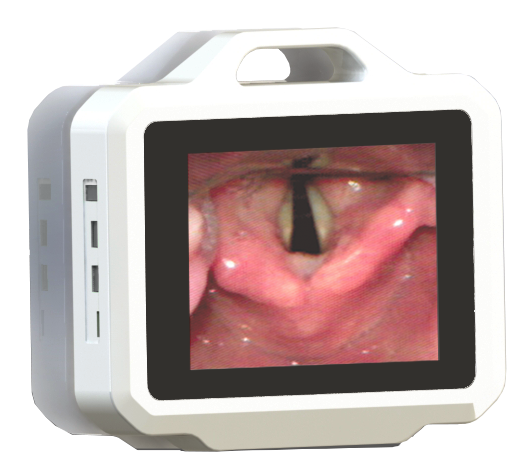
In healthcare, accurate and timely diagnosis is essential for optimal patient outcomes. This is where medical display monitors, also known as medical grade displays, play a critical role. These specialized monitors offer superior image quality, color accuracy, and contrast ratio, providing medical professionals with the clarity they need for precise diagnosis.
Medical display monitors are not the same as regular monitors. They are designed specifically for healthcare environments, and they meet stringent industry standards for safety, performance, and reliability. They are used in various medical settings, such as radiology, diagnostic imaging, and clinical review, to help physicians and researchers detect, diagnose, and treat medical conditions.
Key Takeaways
- Medical display monitors are essential for accurate and timely diagnosis in healthcare environments.
- Medical display monitors are not the same as regular monitors and are designed specifically for medical use.
- Medical display monitors offer superior image quality, color accuracy, and contrast ratio, providing medical professionals with the clarity they need for precise diagnosis.
- Medical display monitors meet stringent industry standards for safety, performance, and reliability.
- Medical display monitors are used in various medical settings, such as radiology, diagnostic imaging, and clinical review, to help physicians and researchers detect, diagnose, and treat medical conditions.
What are Medical Display Monitors?
Medical display monitors are specialized monitors designed for use in healthcare and medical facilities. They differ from regular monitors in terms of their resolution, color accuracy, and various other features. These monitors are specifically engineered to meet the high standards required for medical imaging and diagnostics, making them an essential tool for healthcare professionals.
Medical display monitors come in various types, including medical imaging monitors, diagnostic monitors, and clinical monitors. Each type is designed to meet specific needs, such as displaying high-resolution images for radiology, endoscopy, or surgery.
One of the key differences between medical display monitors and regular monitors is the quality of the display. Medical display monitors are manufactured with medical-grade components and conform to strict industry standards, including compliance with the Digital Imaging and Communications in Medicine (DICOM) and Picture Archiving and Communication Systems (PACS) standards.
In summary, medical display monitors are a class of monitors that are specifically designed for use in the healthcare industry. They offer superior image quality and meet the strict requirements needed for medical imaging and diagnostics.
Enhancing Diagnostic Accuracy with Medical Display Monitors
Medical display monitors play a vital role in enhancing diagnostic accuracy in various healthcare settings. These monitors are specifically designed for use in medical environments and are equipped with advanced features to ensure the accurate interpretation of diagnostic imaging.
Medical imaging monitors, also known as diagnostic monitors or clinical monitors, are widely used in radiology, cardiology, and other medical specialties. These monitors provide high-resolution images with superior color accuracy, allowing healthcare professionals to identify even the slightest variations in patient scans.
One of the key benefits of medical display monitors is their compliance with industry standards, such as the Digital Imaging and Communications in Medicine (DICOM) and Picture Archiving and Communication Systems (PACS) standards. This ensures that medical images are displayed accurately and consistently across different devices and platforms.
In addition, medical display monitors are calibrated and tested to ensure their accuracy and reliability. This is crucial in healthcare settings where accurate and timely diagnoses are critical for patient outcomes. With medical display monitors, healthcare professionals can be confident in their ability to interpret diagnostic imaging and provide accurate diagnoses.
Overall, medical display monitors contribute significantly to enhancing diagnostic accuracy in healthcare. With their advanced features, compliance with industry standards, and reliability, these monitors are an essential tool for medical professionals.
The Importance of Medical Grade Displays in Healthcare
Medical grade displays play a crucial role in healthcare environments, where accurate and reliable diagnostic imaging is essential. These displays are designed with specific features and specifications that make them suitable for medical use, ensuring that medical professionals can make informed decisions based on the imaging data they see.
One of the key features of medical grade displays is their high luminance, which provides clarity and brightness even in low-light conditions. They also offer high contrast ratios and wide viewing angles, ensuring that medical professionals can view images from any position without distortion or color shifting. In addition, medical grade displays adhere to strict industry standards, such as Digital Imaging and Communications in Medicine (DICOM), to ensure accuracy and consistency in rendering medical images.
The use of medical grade displays in healthcare environments is important not only for accurate diagnosis and treatment but also for improving patient outcomes and safety. These displays can help reduce errors and increase efficiency in medical workflows, ultimately leading to better patient care. Additionally, medical grade displays are required for compliance with industry regulations and standards, ensuring that medical facilities provide the highest level of care to their patients.
Overall, the importance of medical grade displays in healthcare cannot be overstated. With their advanced features, strict adherence to industry standards, and focus on accurate and reliable imaging, medical grade displays play a critical role in supporting medical professionals in their daily work and improving patient outcomes.
Applications of Medical Display Monitors
Medical display monitors have a wide range of applications in the healthcare industry, with specific use in radiology, digital imaging and communications in medicine (DICOM), and picture archiving and communication systems (PACS).
Radiology Monitor
Radiologists rely heavily on medical display monitors to accurately interpret imaging data. High-resolution radiology monitors provide the image clarity and detail necessary to detect even the smallest anomalies, allowing for accurate diagnoses and effective treatment plans.
DICOM Monitor
DICOM monitors are designed to meet the specific standards and requirements for medical imaging and communications. These monitors ensure that images are displayed consistently and accurately, regardless of the system used to produce them. DICOM monitors are essential for maintaining the highest level of diagnostic accuracy in clinical settings.
PACS Monitor
PACS monitors are used in conjunction with picture archiving and communication systems to manage, store, and retrieve medical images. These monitors allow for efficient workflow management and easy access to patient images, ensuring that medical professionals have the information they need to make informed decisions and provide optimal patient care.
In addition to their specific applications in radiology, DICOM, and PACS, medical display monitors are used in a range of clinical settings, from emergency departments to operating rooms. Their accuracy, reliability, and high-quality imaging capabilities make them an indispensable tool for medical professionals.
Key Factors to Consider When Choosing a Medical Display Monitor
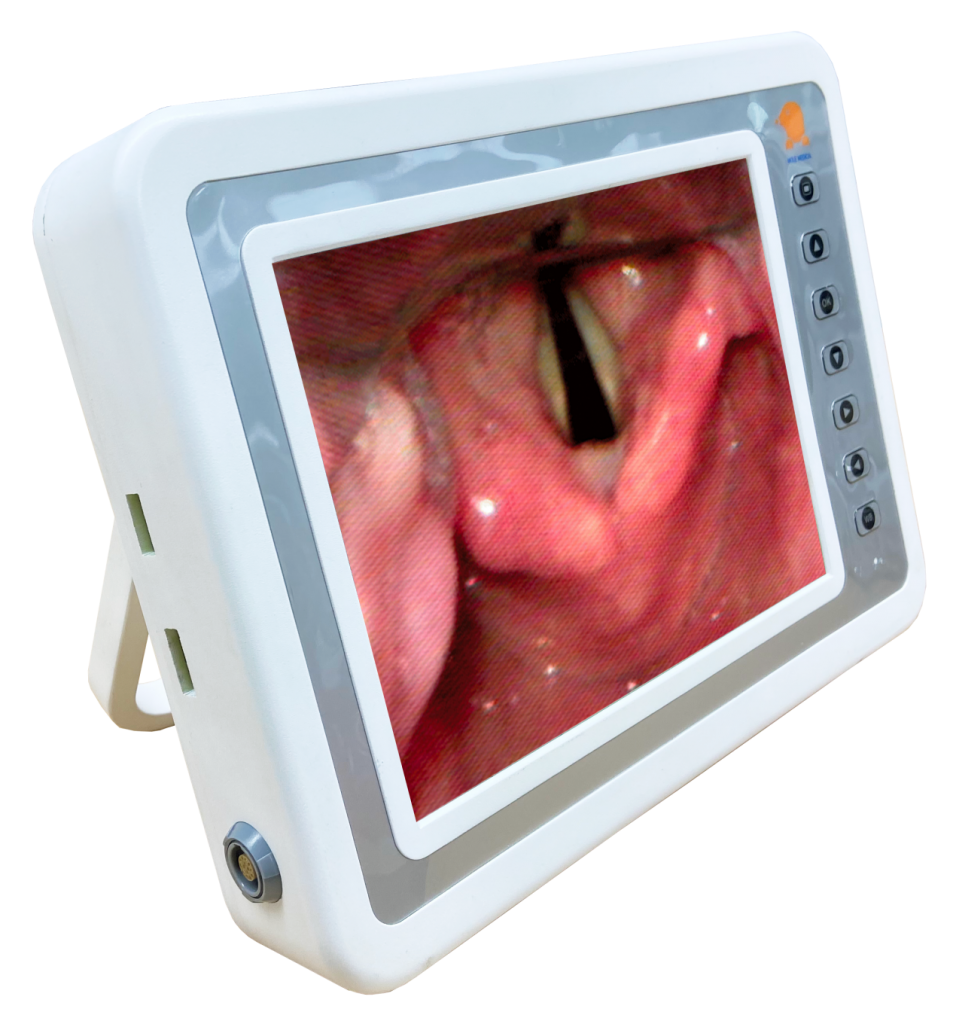
When choosing a medical display monitor, there are several key factors that healthcare professionals should consider to ensure they make the best choice for their facility’s needs.
Screen Resolution:
One of the most critical factors to consider is the screen resolution. Medical display monitors should have high resolution to display clear and accurate images. Generally speaking, a higher screen resolution translates to more on-screen details and a crisper view, ensuring the healthcare professional has a clear and accurate image.
Color Accuracy:
Another critical factor is color accuracy, for medical display monitors to function effectively, their colors should be accurate and consistent. Inaccurate colors can result in misdiagnosis or missed details in imaging. Medical monitors must meet high color calibration standards. Hence, when choosing a monitor, color calibration should be a top priority.
Compliance with Industry Standards:
Medical display monitors are designed to conform to specific industry standards such as the DICOM standard and others. It is essential to ensure that the medical display monitor meets the appropriate standards if it is to be used for medical purposes. This ensures that the monitor produces accurate and reliable images.
Ultimately, healthcare professionals must ensure their medical display monitors are reliable, produce high-quality images and meet industry standards. Considering screen resolution, color accuracy, and compliance with industry standards can help healthcare professionals make the best choice for their facility’s needs.
Evaluating the Performance of Medical Display Monitors
Medical display monitors are critical components in healthcare, aiding medical professionals in making accurate and reliable diagnoses. However, to ensure that these monitors perform effectively, it is essential to evaluate their performance regularly.
One of the primary methods used to evaluate the performance of medical display monitors is calibration. Calibration is the process of adjusting the display’s settings to meet specific industry standards, ensuring the monitor’s accuracy, consistency, and reliability. Furthermore, quality control measures, such as visual comparison tests and luminance measurements, help identify potential issues and prevent unexpected results.
Another critical aspect to consider when evaluating diagnostic monitors is their compliance with industry standards, including DICOM, AAPM TG-18, and ACR. These standards ensure that medical display monitors meet the necessary guidelines for image quality, safety, and performance.
By regularly evaluating the performance of medical display monitors, healthcare professionals can ensure that they are providing optimal care to their patients. Regular calibration and quality control measures help detect and resolve any issues quickly, improving the accuracy of diagnoses and ultimately enhancing patient outcomes.
Latest Innovations and Trends in Medical Display Monitors
The healthcare industry is constantly evolving, and so are the technologies used to diagnose and treat patients. Medical display monitors, in particular, have seen significant advancements in recent years, with new features and functionalities that benefit both healthcare professionals and patients.
High-Definition Imaging
Medical display monitors are now capable of producing higher resolutions and sharper images, allowing for better visualization, diagnosis, and treatment. Monitors with 4K and 8K resolutions have become more available, providing clearer and more accurate images that aid in identifying even the smallest details.
Touchscreen Capabilities
Touchscreen medical display monitors have become more prevalent, offering a more intuitive and efficient way to interact with patient data and imaging. These monitors allow for easier navigation, zooming, and panning of images, reducing the need for additional hardware such as keyboards and mice.
Ergonomic Design
Medical display monitors are now designed with ergonomics in mind, reducing eye fatigue and strain for healthcare professionals who spend long hours working with them. These monitors can be adjusted for height, tilt, and swivel, providing optimal comfort and reducing the risk of musculoskeletal disorders.
Integrating Medical Display Monitors into Healthcare Workflow
Medical display monitors have become an integral part of healthcare facilities for providing accurate diagnostics, gaining a better understanding of patient health, and improving patient care outcomes. Integrating these cutting-edge monitors into healthcare workflows can greatly enhance operational efficiency, communicating key information much faster than traditional methods.
Medical grade displays are compatible with a range of healthcare technologies such as Radiology Information Systems (RIS), Picture Archiving and Communication Systems (PACS), and clinical information systems, which allow seamless integration. When connected to medical displays, these systems can highlight life-threatening situations and quickly direct medical professionals towards effective patient care. Additionally, medical monitors can be optimized for remote viewing and telemedicine, allowing medical professionals to access and analyze critical patient data from any location.
Challenges with Integration
Integrating medical display monitors into existing healthcare methods takes a considerable effort since the workflow and protocols are often deeply entrenched within the organization. Resistance to change creates a drawback for some clinicians to adopt the technology. However, after experiencing the benefits of efficient operations, reduced diagnostic errors, and improved patient care, it’s likely that opposition is resolved.
Benefits of Integration
The benefits of integrating medical display monitors into healthcare workflow are numerous. These displays offer increased clarity for diagnostic accuracy and faster, more efficient patient care. These benefits mean that patient data can be analyzed in real-time, allowing clinicians to provide better and faster care, monitor progress, and reduce treatment errors.
Integration of medical display monitors is necessary for healthcare facilities that strive to provide quality care. Investing in advanced medical displays allows healthcare professionals to serve their patients better with improved diagnostic accuracy, operational efficiency, and a reduction in diagnostic errors.
Conclusion
In conclusion, medical display monitors play a crucial role in the healthcare industry, providing clarity and accuracy for diagnostic procedures. These monitors are specifically designed to meet the unique needs of medical professionals, with features such as high screen resolution, color accuracy, and compliance with industry standards. Medical grade displays are also essential for maintaining quality in healthcare environments.
By integrating medical display monitors into their workflow, healthcare professionals can improve efficiency and patient care. The latest innovations and trends in medical display monitors, such as high-definition imaging and touchscreen capabilities, offer even more benefits to medical professionals and patients.
When selecting a medical display monitor, it is essential to consider factors such as screen resolution, color accuracy, and compliance with industry standards. Calibration and quality control are also critical elements for ensuring accurate and reliable results.
Overall, medical display monitors are essential tools for enhancing diagnostic accuracy and improving patient outcomes. Their integration into healthcare systems and technologies streamlines diagnoses and treatments, leading to more successful outcomes for patients.
Categories
Latest Articles
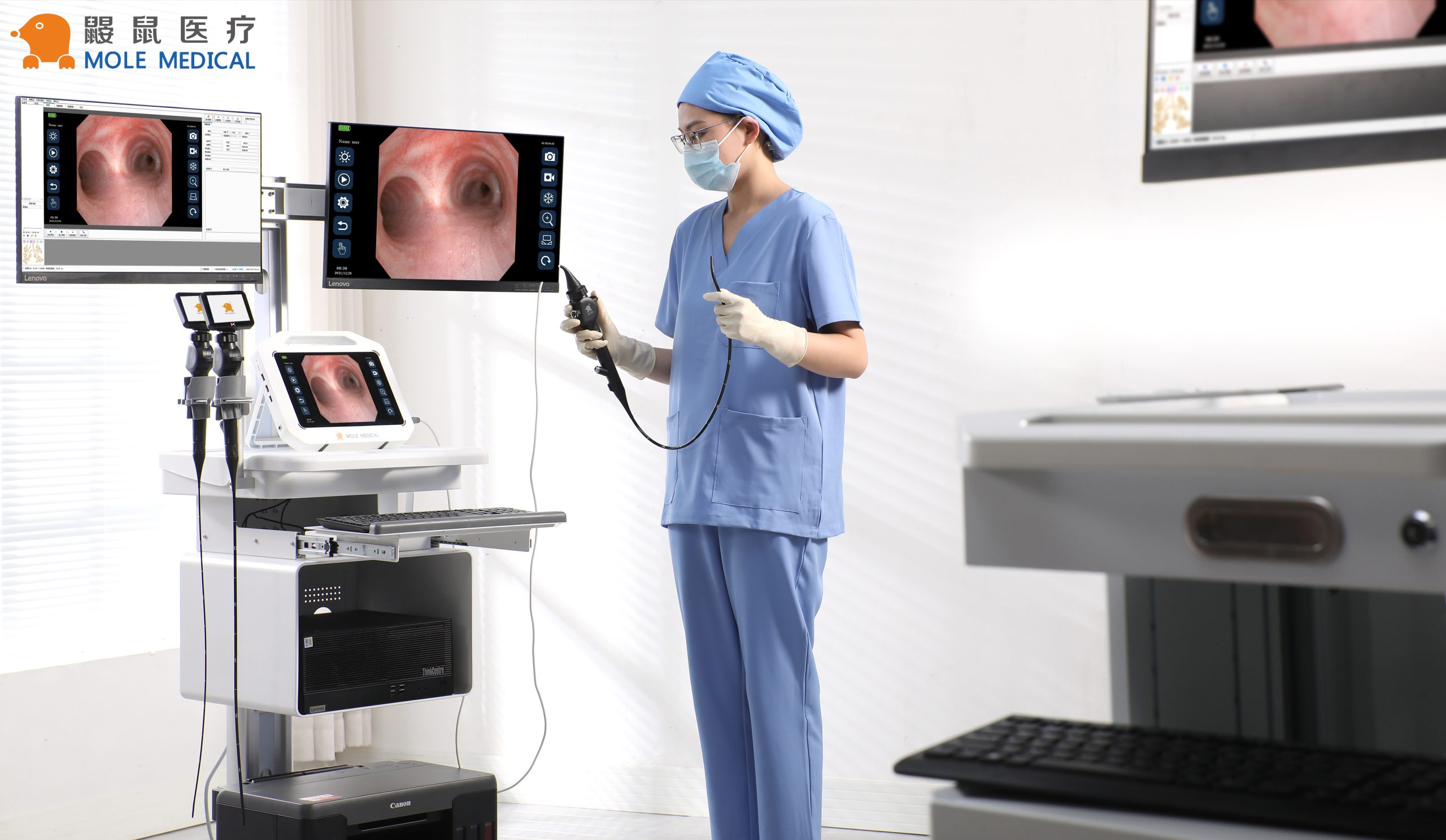
Emergency department essential: Mole medical portable video endotracheal intubation scope in the actual advantages of pre-hospital emergency
In the complex environment of pre-hospital emergency treatment, establishing artificial airway quickly and accurately is one of the key steps to save patients' lives. The traditional endotracheal intubation operation under direct laryngoscope has some problems such as limited field of vision and difficult operation, especially in the case of patients with limited neck movement, excessive oral secretions or anatomic abnormalities, and the success rate may be affected. In recent years, with the advancement of medical technology, portable video endotracheal intubation scopes have gradually become an important tool in emergency departments. Among them, the portable video endotracheal intubation scopes of Mole Medical show significant practical advantages in pre-hospital emergency care with its unique design and performance.
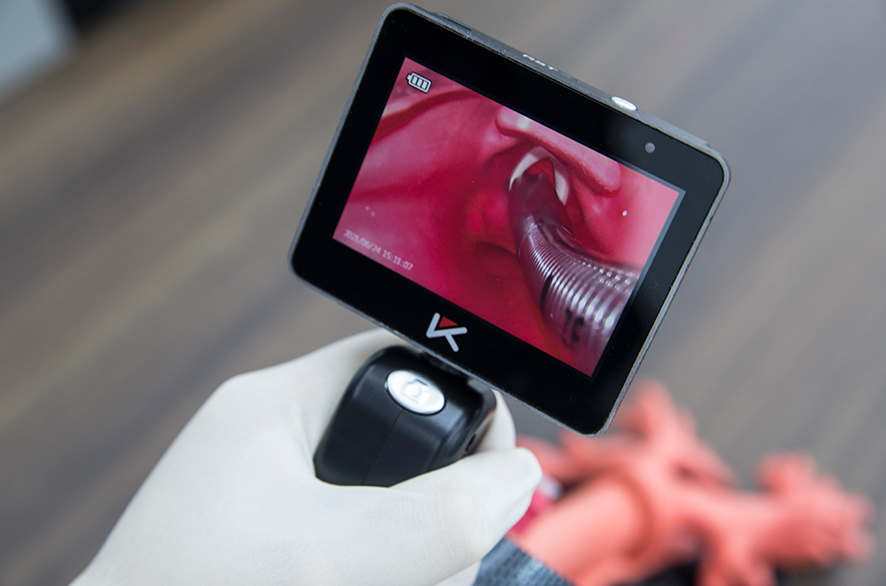
Disposable Video Laryngoscope for Adult Intubation: Advanced Airway Management
Why is good airway management important in emergencies and surgeries? Doctors and nurses must quickly and safely place a breathing tube in many patients. This is especially hard when the airway is difficult to see or reach. Video laryngoscopes help with this. They have a small camera that shows a clear view of the airway. ... Read more
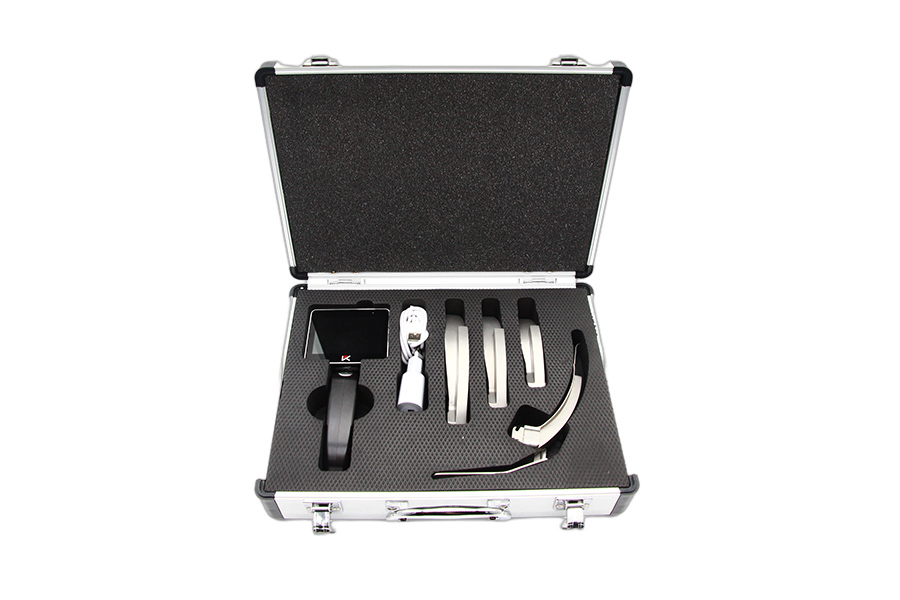
Medical and Anesthesia Video Laryngoscopes: Advancements in Airway Management
Airway management is crucial in medical and anesthesia procedures, as it helps prevent serious risks to patients. Tools for managing the airway assist doctors in keeping it open, preventing complications during surgery or emergencies. A key advancement in modern medicine is the video laryngoscope, which provides a clear view of the airway, allowing doctors to ... Read more
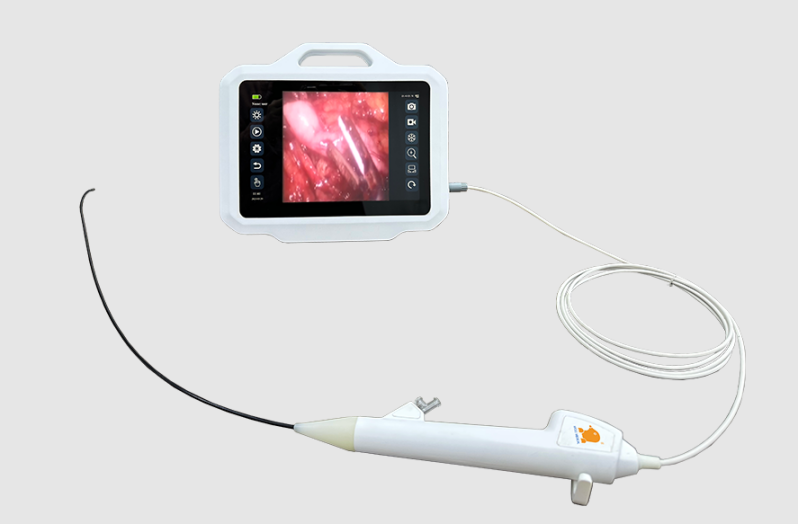
Why Choose a Disposable Flexible Ureteroscope for Your Medical Needs?
Ureteroscopy is a procedure designed to diagnose and treat issues in the kidneys and urinary tract. It enables doctors to detect and remove kidney stones, tumors, or blockages using a small camera to examine the urinary system. Recently, disposable flexible ureteroscopes have gained popularity. These scopes are significant because they are user-friendly and can be ... Read more
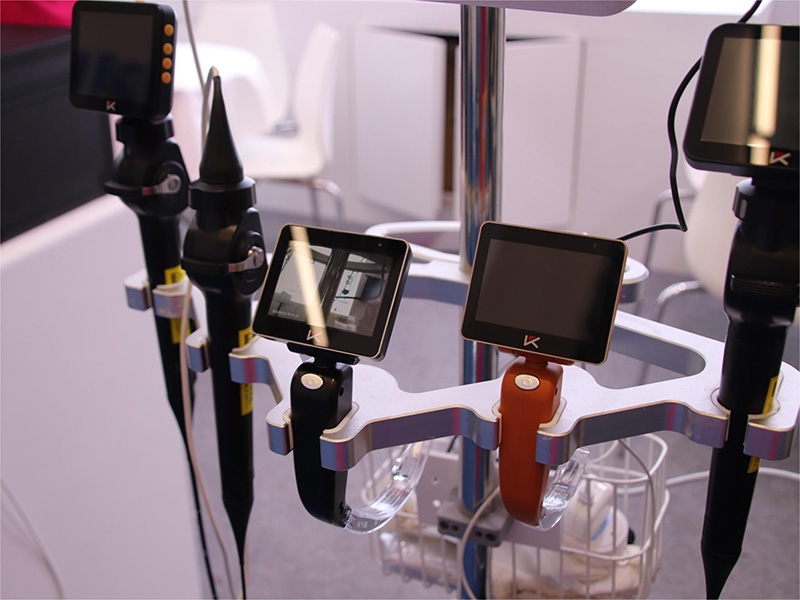
What Are the Video Laryngoscope Prices on the Market?
A video laryngoscope is a medical device that allows doctors to view a patient’s airway during procedures. It plays a crucial role in anesthesia and emergencies by assisting in the safe placement of a breathing tube. Without it, doctors may have difficulty visualizing the airway, especially in complex cases. This tool enhances both the ease ... Read more



